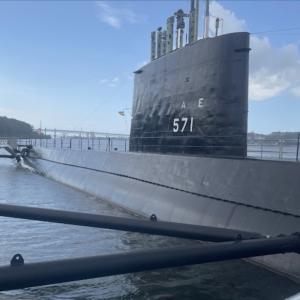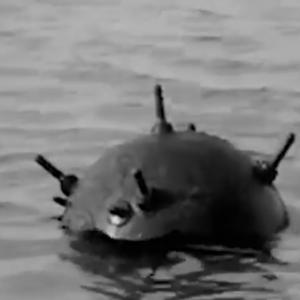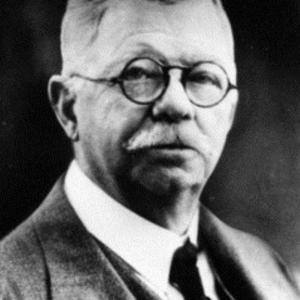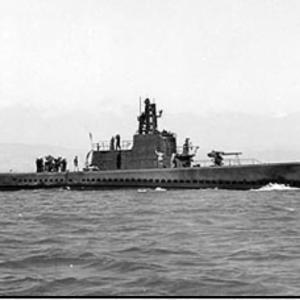
Surface to air missiles
During the Vietnam War, one of the most significant technological shifts in warfare came with the introduction of advanced Soviet air defense systems. Among these, the S-75 Dvina surface-to-air missile (SAM) played a pivotal role. Known to NATO as the SA-2 Guideline, this missile system marked a turning point in anti-aircraft warfare and had a substantial impact on U.S. aerial operations. Supplied by the Soviet Union to North Vietnam beginning in 1965, the S-75 proved to be a formidable weapon that challenged the air superiority of the United States and shaped both the tactics and technology of modern air warfare.
The Soviet Union was the primary supplier of the S-75 system to North Vietnam. As the U.S. escalated its bombing campaigns under Operation Rolling Thunder (1965–1968), the Soviets responded by expanding military aid to their communist allies. The first S-75 systems were deployed around Hanoi and Haiphong in 1965, accompanied by hundreds of Soviet military advisors and technicians who trained Vietnamese personnel in their operation.
Each S-75 site typically included radar systems, notably the Fan Song radar, for target acquisition and missile guidance, along with several launchers capable of firing high-speed missiles designed to intercept high-flying aircraft. These systems were initially effective against U.S. reconnaissance and bomber aircraft flying at altitudes beyond the reach of traditional anti-aircraft artillery.
By 1967, North Vietnam was operating over 40 S-75 sites, with additional mobile systems being constantly moved to protect key infrastructure. The missiles themselves were also supplied by the USSR, along with radar systems, spare parts, and ongoing technical support throughout the war.
The S-75 had a profound tactical impact in the early years of its deployment. The system was designed to engage high-altitude targets, and the U.S. Air Force initially had limited experience countering such SAM threats in large-scale conflicts. The missile's engagement envelope, coupled with radar guidance, allowed it to target aircraft flying at ranges of up to 20–30 kilometers and altitudes above 20,000 feet.
One of the first major successes of the S-75 came in July 1965, when it shot down a U.S. Air Force F-4 Phantom. Over the course of the war, the system was credited with destroying hundreds of U.S. aircraft, particularly during the height of Rolling Thunder. The missiles forced U.S. pilots to fly lower to avoid detection, making them more vulnerable to anti-aircraft artillery (AAA) and small arms fire.
In response to these threats, U.S. forces introduced a number of countermeasures. These included electronic warfare aircraft such as the EF-105 Wild Weasel, which specialized in Suppression of Enemy Air Defenses (SEAD); the use of chaff and electronic jamming to disrupt radar tracking; the development of anti-radiation missiles like the AGM-45 Shrike to target SAM radar; and tactical changes including low-level flight profiles, coordinated strike packages, and increased use of night missions. Despite these efforts, the S-75 continued to impose a serious cost on U.S. air operations.
The strategic impact of the S-75 system extended beyond the battlefield. It eroded U.S. air superiority, which had been a cornerstone of American military doctrine since World War II. The presence of SAMs forced the U.S. to devote substantial resources to SEAD missions, diverting aircraft and pilots from strike missions and reconnaissance.
The SAM threat also imposed a psychological burden on U.S. aircrews. Pilots flying over North Vietnam referred to the area around Hanoi as the most heavily defended airspace in the world. The constant threat of radar-guided missiles increased stress and reduced mission effectiveness, particularly as losses mounted and it became clear that North Vietnamese defenses were adapting and becoming more mobile and sophisticated.
In strategic terms, the S-75 helped North Vietnam prolong the conflict by mitigating the effectiveness of U.S. air power and protecting vital logistics and industrial centers. It also exposed weaknesses in U.S. military planning, particularly the reliance on air campaigns without adequate counter-SAM capabilities in the early years of the war.
The challenge posed by the S-75 would influence U.S. military doctrine for decades. Lessons learned in Vietnam led to the development of better SEAD strategies, stealth aircraft, and integrated air defense suppression capabilities, eventually culminating in systems like the F-117 Nighthawk and more sophisticated electronic warfare platforms.
The S-75 Dvina SAM system, supplied by the Soviet Union, fundamentally changed the dynamics of aerial warfare in the Vietnam War. Its ability to shoot down high-altitude aircraft disrupted U.S. bombing campaigns and forced major changes in air .










